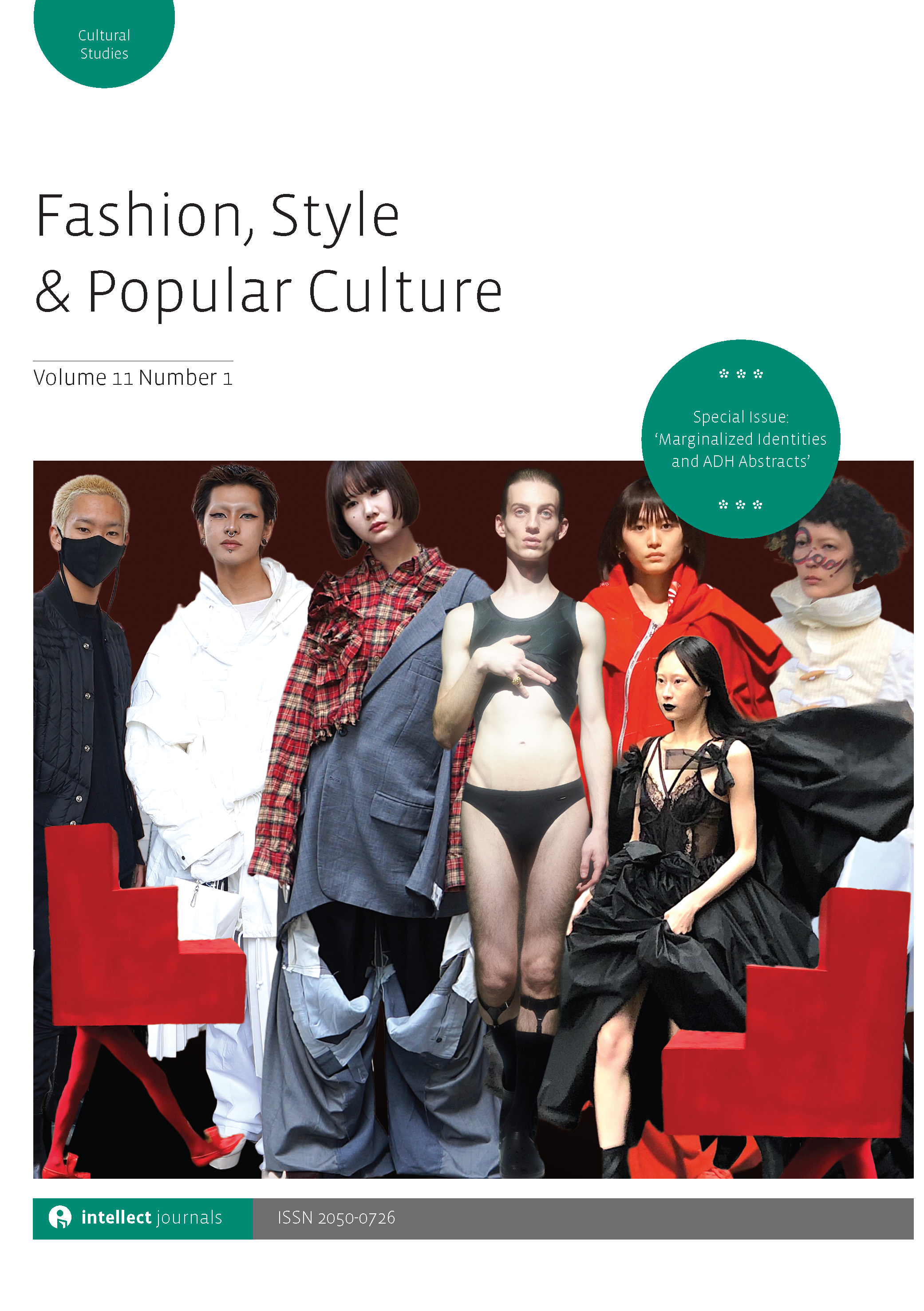
Full text loading...
 , Mary Lynn Damhorst2
, Mary Lynn Damhorst2 , Eulanda A. Sanders2
, Eulanda A. Sanders2
Non-stigmatizing depictions of plus-size lovers of fashion are not easily found in traditional mass media, but in social media, fat fashion enthusiasts can readily be found. The purpose of this study was to investigate the little-studied phenomenon of plus-size YouTube content creators who make videos about fat fashion. To that end, thirteen individuals who wear plus-size women’s apparel took part in semi-structured interviews. A major theme found in the data analysis was transgression. Interview participants were staunch advocates of breaking discriminatory, unspoken societal rules that constrained them, especially in relation to dress. Three subthemes were found in relation to transgression: visibility, representation and agency. Embracing visibility, as seen in interviewees’ performance of fatness in public and in social media, may help to portray fatness as a human characteristic that is just as ‘normal’ as thinness. Serving as a positive role model to others was also embraced by participants, who hoped to assist their viewers in dealing with the consequences of living in the fatphobic US culture. The interviewees demonstrated and promoted agency through fashion, in marked contrast to their past experiences of being powerless and disparaged because of their size. Through celebration of mainstream, conforming fashion, the fat fashion vloggers are transgressive by joyfully wearing styles which previously were discouraged or often unavailable for plus-size consumers.

Article metrics loading...

Full text loading...
References


Data & Media loading...

Publication Date:
https://doi.org/10.1386/fspc_00165_1 Published content will be available immediately after check-out or when it is released in case of a pre-order. Please make sure to be logged in to see all available purchase options.